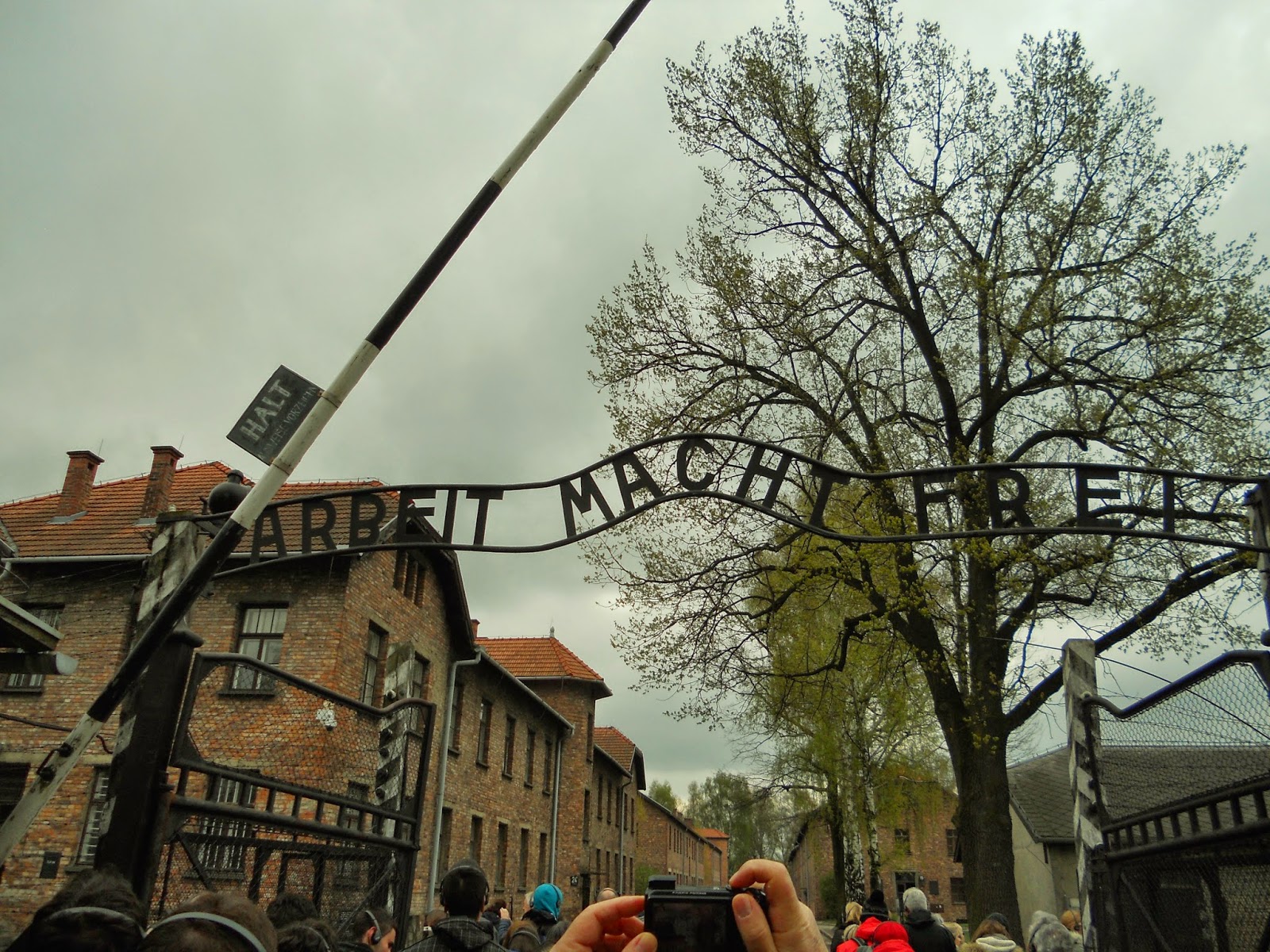SANTAYANA, FILÓSOFO DE HARVARD Mº Ángeles Valencia Ávila, 29 de mayo 2014  |
| Now Available |
Overheard in Seville. Bulletin of the Santayana Society
 |
| LIMBO Nº 34 |
 |
| read more |
Daniel Moreno
Santayana the Philosopher. Philosophy as a Form of Life
translated by
CHARLES PADRÓN
Bucknell University Press, Lewisburg, PA
El arquitecto y editor EDUARDO DELGADO ORUSCO
tiene previsto publicar un libro sobre El Panteón de los Españoles en Roma, Roma 1957
Architect and editor EDUARDO DELGADO ORUSCO
plans to publish a book above El Panteón de los Españoles in Rome, Rome 1957
ÍNDICE PROVISIONAL
0. Introducción
1. Los años 50, Italia y la modernización de la arquitectura española
2. España en Roma: la Obra Pía y la Academia Española de Bellas Artes
3. Jorge de Santayana y el Panteón de los Españoles
En la edición colaboran distintas instituciones, pero se hace necesario contar con contribuciones individuales [20 € (agradecimiento y ejemplar), 50 € (agradecimiento y dos ejemplares, uno de ellos dedicado].
Se pueden hacer aportaciones en la siguiente cuenta:
Se pueden hacer aportaciones en la siguiente cuenta:
ES 68 3183 2800 16 0000326960
Different institutions collaborate in the editing, but it is necessary to have individual contributions.
[20€ (thanks and a copy); 50€ (thanks and two copies,one of them dedicated)]
Donations are welcome in the following account:
[20€ (thanks and a copy); 50€ (thanks and two copies,one of them dedicated)]
Donations are welcome in the following account:
ES 68 3183 2800 16 0000326960
MORRIS GROSSMAN
 |
| Art and Morality. Essays in the Spirit of George Santayana |
MANUEL RUIZ ZAMORA
José Luis Pajares
sobre Santayana
sobre Santayana
 |
| Escuchar la locura normal/Listen to the Normal Madness Electrografía y acrílico sobre acero/Electrography and acrylic on steel , 2001 |
 |
| Prelectura/ Look inside |
NO MORE
"On 302 Beacon Street, Boston, where Santayana lived as a schoolboy, there is a plaque to commemorate his residence" (George Santayana, John McCormick, p. 5)
The building has been completely renovated and converted into four apartments
 |
| nos. 302, 300, 298 |
FOTOS TOMADAS POR INMACULADA YRUELA (11/07/2014)
La famosa cita de Santayana sigue colocada en el campo de concentración de Auschwitz, en el pabellón cuatro, justo donde comienza la visita
(fotos tomadas por Carlos Moreno Yruela, 16/04/2014)
Resulta que la cita exacta es:/But Santayana really wrote:
"Those who cannot remember the past are condemned to repeat it"
(Reason in Common Sense, p. 284).
Y el contexto de la cita es:/The whole quote reads:
"Progress, far from consisting in change, depends on retentiveness. When change is absolute there remains no being to improve and no direction is set for possible improvement: and when experience is not retained, as among savages, infancy is perpetual. Those who cannot remember the past are condemned to repeat it. In the first stage of life the mind is frivolous and easily distracted; it misses progress by failing in consecutiveness and persistence. This is the condition of children and barbarians, in whom instinct has learned nothing from experience".
Charla del prof. Giuseppe Patella (Universidad "Tor Vergata" de Roma)
en la Universidad de Sevilla












Y encima mal citado. No paro de corregir la cita
ResponderEliminarallá donde voy: "Those who cannot remember the
past are condemned to repeat it." No es tan difícil.